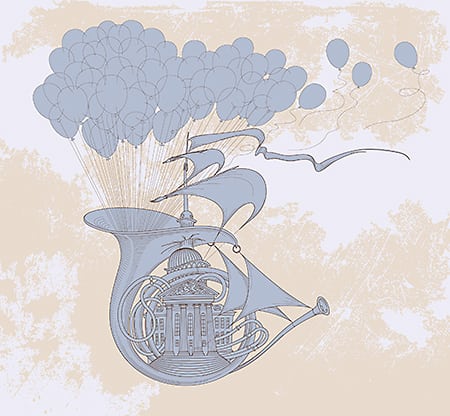“We need to start rethinking how to develop towns”. Pritzker-prizewinning architect Riken Yamamoto speaks candidly about his lifelong dedication to designing architecture that fosters human connection. “I’m always thinking about how I can contribute to the community—by ‘contribute,’ I mean how to build relationships,” Yamamoto states.
Rike Yamamoto’s work is known for its open spatial structures, human-scaled designs, and emphasis on community integration. Born in China in 1945 and raised in postwar Japan, Yamamoto recalls being inspired to study engineering by stories of his late father, a civil engineer. But it was witnessing Kenzo Tange’s striking design for the 1964 Tokyo Olympics that shifted his interest to architecture:
“It was a time when architecture was thriving”, he says. Seeing interesting buildings like the pool designed by Kenzo Tange inspired Yamamoto to shift from general engineering to architecture.
Yamamoto’s early experiences visiting pre-modern villages in Iraq, India, and Nepal deeply shaped his thinking. “This was my first experience as an architect,” he says. These communities revealed to him a fundamental truth: “There is no house in the world that exists in isolation. Housing always exists in a village. Everyone is a member of a family.”
This idea—that architecture must reflect and reinforce human relationships—is central to his work. “When architects design something, they always consider how to foster relationships between each unit and the surrounding units”. He aims to design spaces that make life visible even in dense urban areas. “What I always aim to achieve is making things visible from the outside. Even when designing a private house, I make the residents’ activities visible from the outside.”
In one striking example, he describes a fire station he designed where children can watch firefighters train. “I designed a terrace where children could come and watch them. Children from nearby kindergartens and elementary schools would watch the firefighters train from the terrace. It’s fun for them, and it also makes the firefighters happy.”
“It is not a matter of big or small. The approach changes according to what kind of community there is within a project,” he emphasizes. Whether designing housing, libraries, or civic buildings, Yamamoto begins not with the form of the building, but with its role in the social fabric: “I always start by thinking about the relationship with the community.”
Riken Yamamoto was born in 1945 in Beijing, China, and raised in Yokohama, Japan. He studied architecture at Nihon University and later earned a master’s degree at Tokyo University of the Arts. He is the founder of Riken Yamamoto & Field Shop. In 2024, he was awarded the Pritzker Architecture Prize, the most prestigious honor in the field, in recognition of his work advancing architecture as a civic and social force. His notable projects include the Yokosuka Museum of Art, Pangyo Housing, and Fire Station No. 4 in Hiroshima.
Jens H. Jensen interviewed Riken Yamamoto in Kanagawa, Japan, in April 2024.
Camera: Yudai Yamamoto
Edit: Roxanne Bageshirin Lærkesen
Produced by Christian Lund
Copyright: Louisiana Channel, Louisiana Museum of Modern Art, 2025
Louisiana Channel is supported by Den A.P. Møllerske Støttefond and Ny Carlsbergfondet. This film is supported by Dreyersfond.
Subscribe to our channel for more videos on architecture: https://www.youtube.com/thelouisianachannel
FOLLOW US HERE:
Website: http://channel.louisiana.dk
Instagram: http://www.instagram.com/louisianachannel
Facebook: https://www.facebook.com/LouisianaChannel
source



